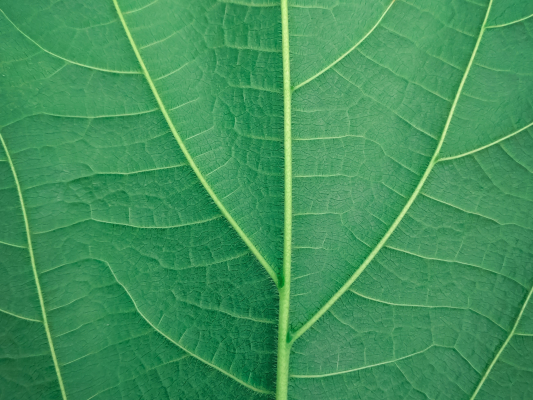Download progression document
Includes statements from Development Matters (birth to age five) and the relevant ELGs in full, for the bark rubbing provocation.
Includes statements from Development Matters (birth to age five) and the relevant ELGs in full, for the bark rubbing provocation.
Play, Be, C Units provide enabling environments with teaching and support from adults. Reflecting on the characteristics of effective teaching and learning, children will have opportunity to learn and develop by:
- Playing and exploring – children investigate and experience things, and ‘have a go’.
- Active learning – children concentrate and keep on trying if they encounter difficulties and enjoy achievements.
- Creating and thinking critically – children have and develop their own ideas, make links between ideas, and develop strategies for doing things.
Early Years Foundation Stage Statutory Framework: accessed November 2024. Available under the Open Government Licence v3.0.
Tree, trunk, bark, branch, inside, outside, lumpy, bumpy, knobbly, rough, ridged, bent, straight, smooth, soft, silky, velvety, silky, shiny, glossy, long, short, wide, narrow, thick, thin, dark, light, big, small
Tell the children they are going to be arborists. You could show them the arborist poster.
Tell the children that they are going to be observant like arbortists and notice what the outside of different trees are like. They are also going to be collaborative as they will need to help each other to complete this task.
Demonstrate how to hold the paper on the bark of a tree. Use the side of the crayon to colour over the paper so that the pattern of the bark is revealed. Children may need to work in pairs so one child can hold the paper while the other child does the rubbing.
You could challenge the children to find bark to match the photographs in the bark rubbing provocation, or you could have some bark or pictures ready for matching.
 You could return to the bark rubbing each season to see if the bark has changed and whether the children have developed their bark rubbing skills.
You could return to the bark rubbing each season to see if the bark has changed and whether the children have developed their bark rubbing skills.
Remember to refer to the children as arborists and praise them for using the attributes. You could say things like:
“You have been collaborative like an arborist because you helped your friend make a rubbing by holding their paper…”
You could try rubbing leaves. If you rub the underside of the leaf you will be able to see the veins in your picture.
We have put together some useful information about the science of bark to accompany this activity. Don’t worry, this is for your information only and to help you answer any questions children may have. We don’t expect you to explain this to the children in your setting!
Bark is the outer layer of a tree. Itprotects the tree from disease and pests and insulates the tree from cold and heat. Bark keeps out moisture when conditions are wet, and prevents moisture loss when it is dry around the tree. Bark is a dead layer which is continually renewed.
The inner layer of the bark is the phloem. This is the layer that transports food to the rest of the tree. It lives for a short time before dying and becoming part of the outer bark.
Smooth bark, such as that on a beech tree, is good for keeping out pests, making it hard for insects and parasitic plants or herbivores to climb up. To grow a smooth bark, trees need to grow slowly.
Bark also grows over parts of the inner tree that have become exposed, such as when a branch is removed, so the slower the bark grows, the longer it takes for the exposed wood to be protected.
Trees that grow quickly, such as an oak, can repair themselves quickly. The rapid growth causes the bark to wrinkle and crack. This creates an excellent habitat for insects. To protect themselves these trees create chemicals called tannins to make the bark bitter and less tasty to pests.
Some trees, such as birch, have a thin bark that they shed regularly to get rid of parasites, moss and lichen.

 Leaf snap provocation
Leaf snap provocation